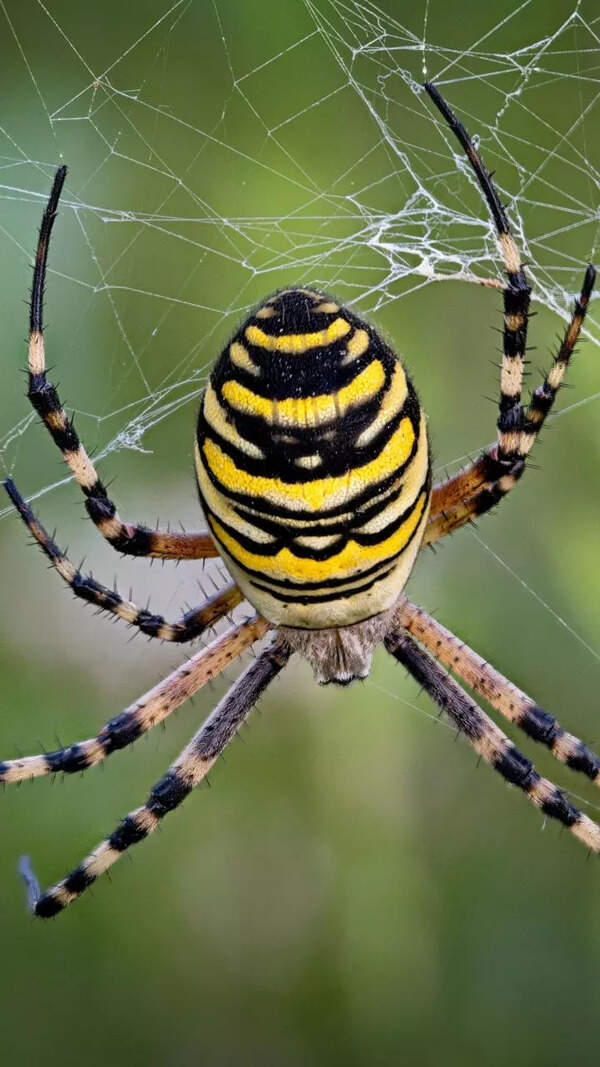- News
- World News
- Rest of World News
- Frozen 'Saltmen': Jaw-dropping images of Iran's ancient mummies show their final moments
Frozen 'Saltmen': Jaw-dropping images of Iran's ancient mummies show their final moments

Discovery of Ancient 'Saltmen'
Archeologists are closer to understanding an ancient salt mine in Iran that preserved miners in a state of suspended animation. These ‘Saltmen’ were found frozen in their final positions, revealing details about life and death in ancient Persia. (Head of Saltman 1 from 1993/ Photo: Journal of World Prehistory)

Dating the Saltmen remains
The remains of the 'Saltmen,' preserved from the Achaemenid Dynasty (550–330 BC), show grimly frozen final moments. New studies suggest salt mining may have started over 4,000 years before this empire, based on nearby settlements. (Remains of Salt Man 4 on display/ Photo: Wikicommons)

Chronology of the Achaemenid Saltmen
Most of the eight mummified Saltmen discovered date back to the Achaemenid Empire. The mine was abandoned following a mining disaster that claimed the lives of three miners, halting operations for nearly two centuries. (Photo: Wikimedia commons)

Impact of mining catastrophe
The Achaemenid mine collapse, occurring between 405 and 380 BC, provided invaluable data on ancient human activity. The victims’ well-preserved mummies offer the clearest view of the era's mining operations. (Photo: Wikimedia Commons)

Natural Mummification process
The salt deposits in the mine led to natural mummification. The salt’s hygroscopic properties dehydrated the miners, halting decomposition and preserving the remains through moisture absorption. (Photo: Journal of World Prehistory)

Challenges in dating the site
Determining the exact start of salt mining at the Douzlākh site is difficult. The researchers studied 18 nearby archaeological sites to establish a timeline, but the evidence remains sparse. (Photo credits: X)

Historical salt usage
The Douzlākh salt dome, located in northwestern Iran, played a central role in the economic life of rural populations over centuries. This salt was crucial for local communities across various historical periods. (Photo: Wikimedia commons)

Theories on prehistoric salt mining
The oldest nearby settlements date back to the Chalcolithic (Copper Age) and Stone Age. However, evidence for prehistoric salt mining is lacking. Researchers theorize this might be due to different mining methods or insufficient organizational structures in these early communities. (Photo: Journal of World Prehistory)









